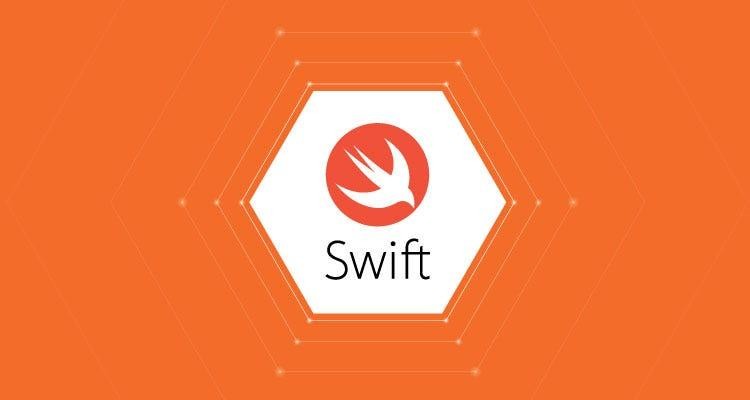
What is Swift?
Swift is a powerful and versatile programming language developed by Apple Inc. It was first introduced in 2014 to replace Objective-C, the primary programming language for developing apps on Apple platforms. Swift is specifically designed to be fast, secure, modern, and developer-friendly, making it an excellent choice for building a variety of software, especially those targeting the Apple ecosystem, including iOS, macOS, watchOS, and tvOS.
The main features of the Swift programming language:
Security and Performance: Swift combines both security and performance. It has built-in features to help developers write code that is less prone to common programming errors like empty pointers and memory leaks. Furthermore, Swift's performance is comparable to low-level languages such as C++ by nature.
Modern Syntax: Swift has a concise and expressive syntax that is easy to read and write. This can help the developer to increase productivity and write more stable code.
Type System: Swift has a robust type system that helps catch compile-time errors. It supports both value types (such as structs and numbers) and reference types (such as classes).
Automatic Memory Management: Swift uses Automatic Reference Counting (ARC) to manage memory, automatically allocating objects when they are no longer needed. This reduces the burden on developers of manually managing memory allocation and deallocation.
Options: Options are a powerful feature in Swift that helps you handle the absence of a value (similar to null in other languages) more safely.
Closures and Functional Programming: Swift supports closures, which are independent blocks of code that can be passed and used in your code. This opens the door to functional programming concepts, providing more expressive and concise code.
Protocols and Generics: Swift uses protocols (similar to interfaces in other languages) to define patterns of behavior that types can conform to. Generics allow you to write flexible and reusable functions and data types that work with different types.
Playgrounds: Swift playgrounds provide an interactive environment for experimenting with Swift code in real-time. This makes it easy to learn, test, and visualize the code before integrating it into larger projects.
Open Source: Apple made the Swift programming language open source, which encouraged development of Swift on various platforms outside the Apple ecosystem.
Overall, Swift is a modern programming language that combines security, performance, and developer-friendly features to make it a versatile tool for building a wide variety of applications, especially those targeting Apple devices and platforms. Its intuitive syntax and powerful features make it a popular choice among developers in the Apple ecosystem.
